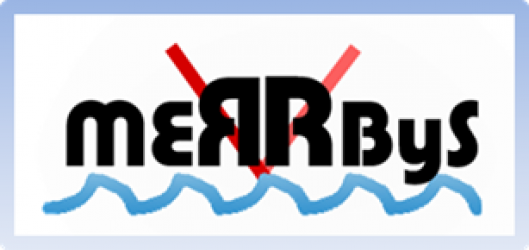Routine DDM collection from the SGR-ReSI on TechDemoSat-1 ceased in December 2018, and since then, operators have been making preparations for the drag-sail deployment. This has required controlled passivation of the satellite, which includes the slow expulsion of all remaining propellant from the propulsion tanks.
During gaps in this preparation period, we have been able to make a final handful of L0 raw data collections from TDS-1, to add to the collections we have gathered through its 5 year lifetime.
As well as C/A code signals from GPS, we have been targeting E1B/C reflections from the Galileo satellites, and other signals that fall within the SGR-ReSI’s frequency band. The Galileo signals are wider in bandwidth than GPS C/A code, and use BOC modulation. These new signals are somewhat more complex to process, but to a first order, we see similar behaviour in the DDMs to GPS C/A code reflections over ocean, land and ice. This is good news as it shows the practicality of using Galileo alongside GPS reflections in our upcoming GNSS-R missions.


We at SSTL, together with partners from NOC, will be presenting recent results from TDS-1 at the GNSS+R 2019 workshop 20-22nd May 2019 in Benevento, Italy. We look forward to meeting many of you there.

